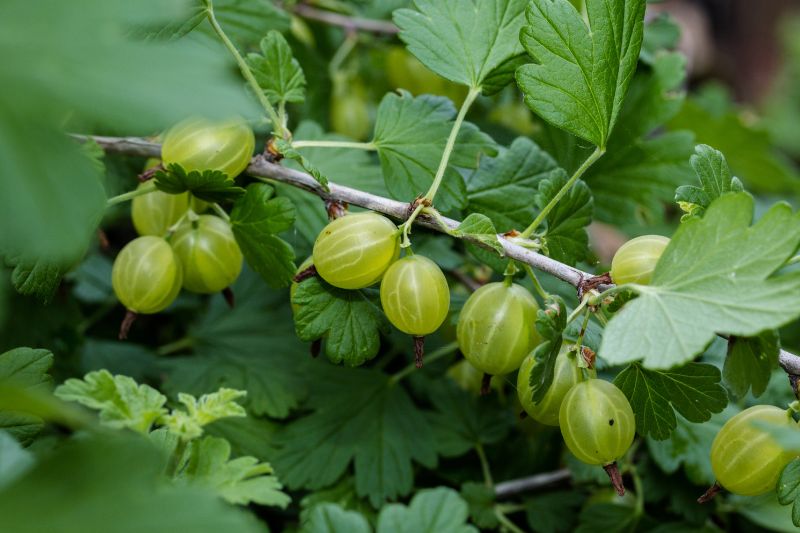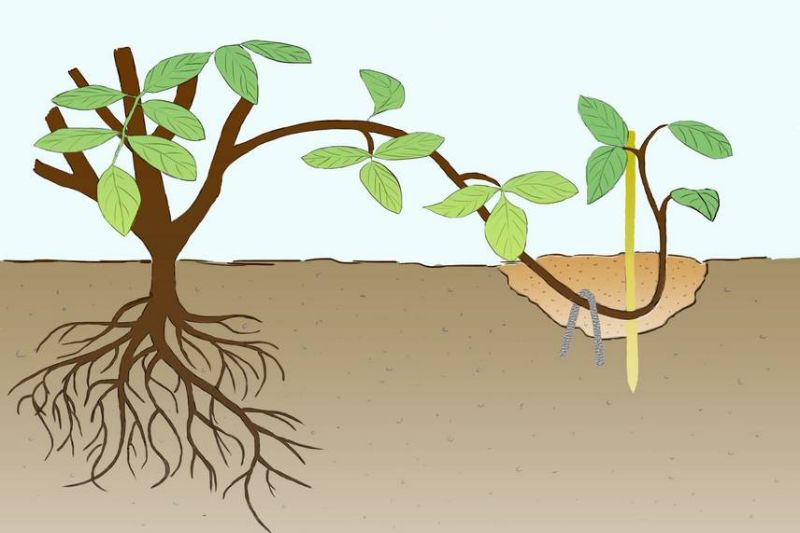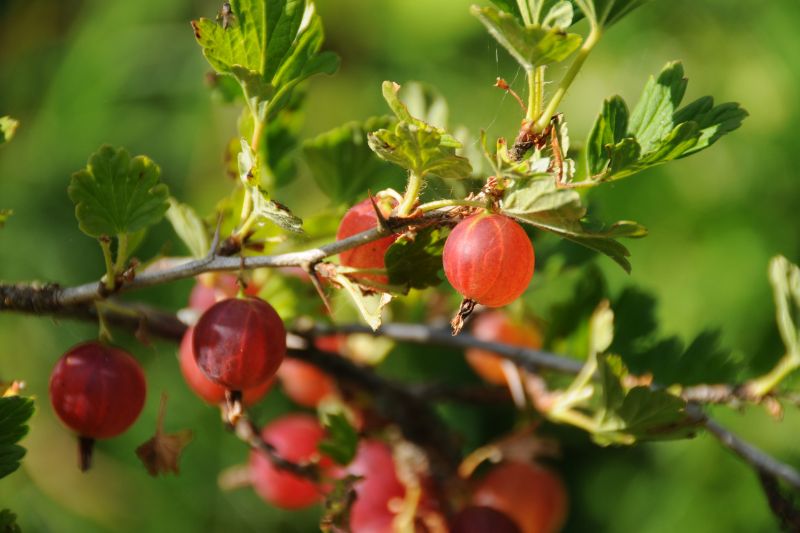Gooseberry bush is a hardy and productive plant, prized for its small, round, delicious fruits. Easy to cultivate in the garden, it is also a fruit bush simple to multiply. There are several methods to obtain new young plants, including propagation by cuttings and layering, which are the most effective. Discover in this tutorial how to multiply your gooseberry bush easily to enrich your garden with these tasty red, green or golden berries.

When to propagate gooseberry bushes?
The ideal time for propagation is autumn, just after leaf fall, or early spring before buds begin to swell. During these periods, the plant is in dormancy, which makes handling branches easier without overly stressing the gooseberry bush.
Method 1: propagation by layering
Layering is, in my view, the most effective and straightforward way to obtain new young plants of gooseberry bushes simply.
1- Select a low, flexible branch that is still attached to the parent plant.
2- Bend the branch toward the ground (or into a pot) so it touches the soil. Bury it slightly, then secure the branch to the ground with a metal peg or a weight, such as a stone.
Facultative: you can remove a small section of bark just below a node beforehand to stimulate root formation.
3- Keep the soil slightly moist, without excess, until roots develop.
4- In the following autumn or spring, cut the branch connecting your young plant to the parent plant. If necessary, you can lift and replant this new gooseberry bush in another location or in a large pot.

Method 2: propagation by cuttings
1- Select healthy, roughly one-year-old branches, free from disease or damage.
2- Cut segments 15 to 20 centimetres long, making sure to include several nodes, where the buds are located. Use a pruning shear kept clean to make neat cuts and avoid spreading disease.
3- In ground: prepare loose soil that is well drained, which you can enrich with compost to encourage growth. In a pot: prepare a mix of two-thirds seed compost and one-third river sand.
4- Plant the cuttings, burying at least two nodes in the soil, which will encourage root formation.
5- Water moderately, keeping the soil slightly moist until the cuttings take root.
6- After a few months, roots will have developed and you should see new leaves appear the following spring.

Care after planting:
- Protect young cuttings from winter frosts with a thick mulch at the base of young plants. A winter fleece may be necessary in areas with harsh winters.
- Keep soil moist, but not waterlogged, especially during the first two summers.
































Comments